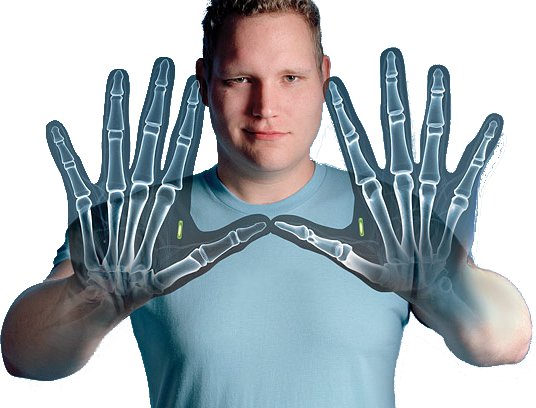Amal Graafstra is a double RFID implantee, author of the book RFID Toys, and TEDx speaker. His interest in biohacking, RFID, and NFC began in 2005 as a simple solution to a problem. He wanted easy access to his office. He explored biometric options only to find they were too expensive, klunky, and vulnerable to vandalism.
BIOHACKER SUMMIT: Amal, we are big fans and after hearing from Ruben Horbach about his experience of having the chip you created in his hand, we’re even more curious.
AMAL GRAFSTRAA: The chip is built on NFC and RFID so the primary purpose is to identify the individual. What that means for most applications is access control. As in, is that person allowed to do this thing, or open this door or be here.
Unlocking doors, starting vehicles, logging into computers – all of that is typical. Where it gets interesting with NFC is an application where a smartphone is everywhere which is becoming more popular. Like iphone 6 has NFC. NFC is a whole standard that allows applications to be built on that standard.
What’s possible … I can’t even tell! People are building applications for NFC that I could never even think of.

BIOHACKER SUMMIT: Which part of all of this did you come up with?
AMAL: NFC has been around for a while and there’s all kinds of NFC tags, usually labels, but we were the first to develop an implantable form factor. So taking that technology and making it biosafe and pioneering a way to get into the body in a standard position that is easy to access and then making that available through professional piercers and biohackers.
BIOHACKER SUMMIT: Did you watch a lot of movies when you were a kid and think that some day I’m going to invent a really cool chip? 🙂
AMAL: It was really honestly that I wanted to be able to get into my office and I wanted the whole system to just recognize and know that it was me without a lot of hubhub or fuss! If you think about biometric systems, fingerprint readers and iris scans, etc., they are all kind of bulky and robust and not very accurate – there are easy ways to fool it, and they’re not easy to use. Like sensors you have fiddle with them, put your eye in the right place to scan it and it’s just not intuitive. Sensors are also vulnerable to vandalism, weather and the elements so they are not ideal.
Whereas RFID, the old access control systems where you have a key card you just swipe, they’re easy to deploy and simple, resilient to the weather and vandalism. So RFID was the obvious solution but I didn’t want to have to carry the card, I wanted the best of both worlds. So the obvious solution was to put the card inside.

BIOHACKER SUMMIT: You’ve been unlocking your car since 2005 this way … what else have you been doing with the chip in your hand?
AMAL: The biggest thing is my house, that’s all I really cared about – my car and house. I would drive every day and go home everyday and that’s all I really wanted it to do and it does that perfectly!
Beyond that, I can start my motorcycle, I can get into a fire safe, monitor my computer.
BIOHACKER SUMMIT: Have you seen or felt any physiological changes or differences in your body?
AMAL: No, there’s more or less just a psychological change that takes place where at first you’re very aware of the technology that’s now inside your body, but over time, a very short amount of time, it becomes integrated to the point where you don’t even think about it! That’s really the point of technology at this level, it’s all about making it disappear. You don’t have to think about it, you don’t have to manage it.
For me, what it comes down to in the day is that you have these things you have to manage – your wallet, your phone, your keys and a lot of other things if you are using a lot of wearables, you have all this extra stuff. Managing that throughout the day, making sure it’s charged, if you have it, if it’s on you, or did it fall off, or did you lose it at the store…there’s all this management that you do in a day that is a burden.
My 3 burdens were keys, wallet, phone and I was able to get rid of 1/3 of that hassle which is significant for me, and I am sure that others will see the benefit of that as well.
BIOHACKER SUMMIT: So you never have to spend time looking for your keys … that must be great!
AMAL: Yes, and not only looking for them, but managing them throughout the day. Worrying about if they fall out of your pocket or if you have them when you get up from your seat, and constantly checking your pockets to make sure you have them.
There’s this constant thought process and management that’s involved in a day. It’s not just when you lose them that it’s a crisis, there’s also the nuisance of having to manage it all the time.

BIOHACKER SUMMIT: Can you describe the implants?
AMAL: They are 2mm by 12mm cylindrical tags which are about the size of a grain of rice. The chips inside are safely encased in Schott 8625 biocompatible glass, which is a common type of glass used with implantable devices. These are passive devices, meaning they have no battery and are completely inert until they are brought within close proximity of an RFID or NFC reader device. Because they have no battery, they will likely work properly for as long as implanted.
BIOHACKER SUMMIT: What’s the difference between a magnet implant and the RFID, and what is the purpose of that?
AMAL: The magnet implant has a different purpose for biohacking which is sensory expansion. Essentially we have our five senses and there’s really no way to get a true sixth sense, at least not yet. There’s no way to get a true data pipe into the brain.
So if we want to experience other things in the world we have to commandeer one of those senses and the magnet allows us to do that. We basically implant a sensing magnet, it’s a small 3mm x 1mm disc and you can place that in the pad of your finger. This area is very dense, there are a lot of nerves there and with that magnet you can experience magnetic fields.
You are getting information about the environment that you’ve had no way of doing before. When you bring the magnet close to a strong magnetic field it will vibrate and that sensation is translated to tactile sensations which are put into your brain. What is interesting is that over time those tactile sensations can be essentially reprogram your brain plasticity to interpret that sensation differently than just something buzzing.
There’s another project where they had a compass with 8 buzzers around the circumference of the ankle and whatever direction you were facing, when you were facing north your ankle would buzz and it was constantly going. Some people would think that would get annoying really fast, and it does, but with brain plasticity your brain can reinterpret that input and in the course of a few weeks it doesn’t feel like buzzing anymore because it has retranslated that input to directional data.
So when you’re standing on a corner you don’t feel the buzzing, you just know which way is north. There’s an ambient sense of new data input which is very intriguing.
BIOHACKER SUMMIT: So you could use that technology to train your brain to do literally anything!
AMAL: That is what we are exploring, those are possibilities we are trying to find out.

BIOHACKER SUMMIT: We’ve heard the NFC implant could be used as a convenient personal medical database. Do you forsee that being one of it’s main purposes in the future?
AMAL: Right now there’s not a lot of space and NFC is not meant for data storage, but what you could do is explore different use cases. Like if you wanted to have your email encrypted and you’re afraid that if you store your encrypto keys on your laptop, someone can take the laptop or device which has the email and the keys, which means your encrypted emails aren’t safe. It’s the same with Bitcoin and all the others. So if you need a very secure personal small storage space for encrypto keys, this could be an option where you place the key there in an encrypted state and then when you need to decrypt you enter the password and it does it’s thing and the key isn’t stored on the device, it’s used and ejected from the memory making the device very secure.
BIOHACKER SUMMIT: Does that mean someone can force your hand to get your info?
AMAL: Possibly, if they know it’s there, but that is the other thing about this technology: it is very covert and it’s difficult to see if someone has an implant and you don’t really see people’s limbs being cut off for passwords or keys or whatever.
There was one case a while back where someone had a fingerprint system for their car and a report said that his finger had been cut off to start the car but it was never really substantiated…it was more like an urban legend.

BIOHACKER SUMMIT: Do you see implants being advisable for children in the future?
AMAL: A lot of people think that there might be some form of tracking with this technology but that is really not a possibility. You have to put your hand close to a reader for it to be recognized which is why it is on the hand. If it would be on your back or somewhere it wouldn’t work, so on the application and usability side it isn’t useful for kids.
If they grew up and wanted to experiment with technology, then I’d be happy for mine to try it, but as far as putting implants into kids for some purpose, it doesn’t really make sense.
BIOHACKER SUMMIT: So it’s more for fun and daily use…you can’t really control anyone…;)
AMAL: Of course not. 🙂

BIOHACKER SUMMIT: Any words of wisdom for biohackers?
AMAL: We’re literally working on the bleeding edge of biohacker tech. All my answers are from the perspective of a “grinder”.
The basic essentials to have are a magnet implant to sense magnetic fields with, and an NFC implant to enable personal RFID and NFC applications.
The best resources depends on what type of biohacking you’re into.
- Are you a quantified selfie looking to explore and maximize your own biology – i.e. diet, metabolism, brain function, sleep cycles, etc.
- Are you looking to play with DNA and program life with chemical building blocks? make glowing plants? Force bacteria to compute for you?
- Are you looking to get really up close and personal with technology by implanting it?
Each area has their own groups and evangelists, and I would seek out biohacker enclaves associated with those particular areas … start with google, check Facebook groups, search for meetup events, etc.
For grinders and to a degree the quantified selfies, www.biohack.me is a really down to earth, dare I say “gritty” resource for people.
Author: Angel Goa


Leave a Reply